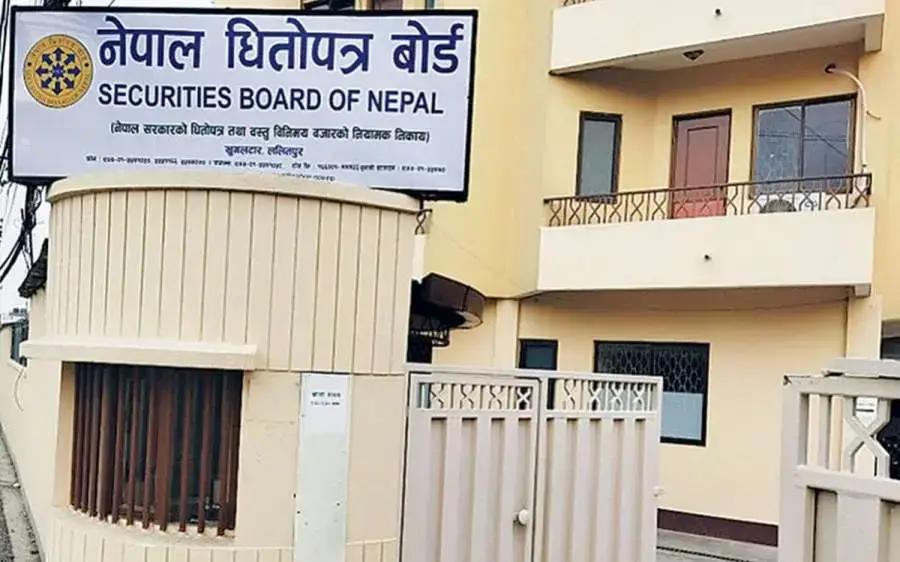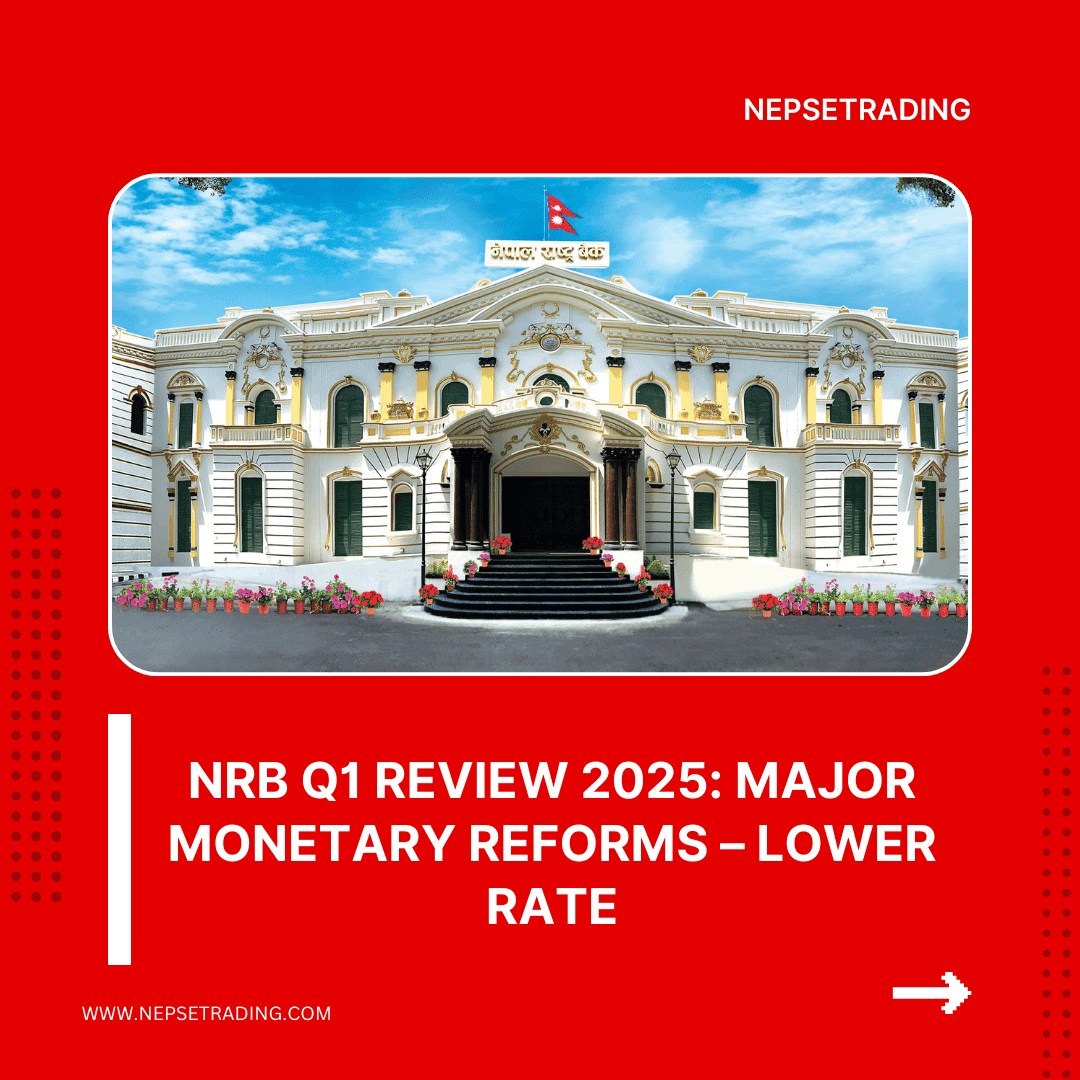By Sandeep Chaudhary
Evaluating Profitability and Dividend Potential in Commercial Banks

Evaluating the profitability and dividend potential of commercial banks is a cornerstone of fundamental analysis for any investor in the Nepal Stock Exchange (NEPSE). As the banking sector represents the largest portion of market capitalization in Nepal, analyzing how efficiently banks generate profits and distribute dividends provides valuable insights into their long-term sustainability and investment attractiveness. Understanding profitability allows investors to measure financial strength, while assessing dividend potential helps gauge shareholder value and income consistency.
Profitability reflects a bank’s core ability to generate earnings from its operations. The key indicators that define profitability include Earnings Per Share (EPS), Return on Equity (ROE), Return on Assets (ROA), Net Interest Margin (NIM), and the Cost-to-Income Ratio.
EPS indicates how much profit a bank earns per share — higher EPS shows strong management and steady income growth.
ROE measures how effectively a bank utilizes shareholders’ equity; a higher ROE (above 15%) signals efficient capital use.
ROA shows how well assets are managed to produce profit; above 1% is considered healthy for Nepali banks.
NIM represents the spread between interest earned and paid, showing lending efficiency.
Cost-to-Income Ratio reveals how much of the bank’s income is consumed by expenses — the lower, the better.
Profitability, however, is not just about high numbers; it depends on the quality of assets, risk management, and liquidity position. A bank with a low Non-Performing Loan (NPL) ratio, high Capital Adequacy Ratio (CAR), and stable Liquidity Coverage Ratio (LCR) is likely to maintain sustainable profits even in volatile economic conditions. NRB policies also play a crucial role in shaping profitability, especially through its control over interest spreads, credit flow, and liquidity management.
Dividend potential, on the other hand, represents how much of a bank’s profit is shared with its investors. Under Nepal Rastra Bank (NRB) regulations, banks are permitted to distribute dividends only if they maintain the required CAR, have sufficient loan loss provisions, and comply with all prudential norms. The most commonly used metrics to evaluate dividend strength include the Dividend Payout Ratio (the percentage of profit distributed to shareholders) and Dividend Yield (the return on investment through dividends relative to the share price). A bank that maintains consistent EPS growth and healthy reserves can ensure regular and attractive dividends.
For example, banks such as NABIL, NMB, NIC Asia, and Global IME have proven themselves capable of maintaining high profitability while ensuring consistent dividend distribution — a sign of balanced management between shareholder reward and capital growth.
As Sandeep Kumar Chaudhary, Nepal’s top Technical and Fundamental Analyst and founder of the NepseTrading Training Institute, says — “A bank’s dividend is not a gift; it’s a reflection of discipline, efficiency, and strong fundamentals. Only those banks that manage profit wisely can sustain long-term investor trust.” With over 15 years of banking experience and 10,000+ trained students, he teaches how to analyze profitability and dividend indicators to identify fundamentally strong, stable, and rewarding banks in NEPSE.









